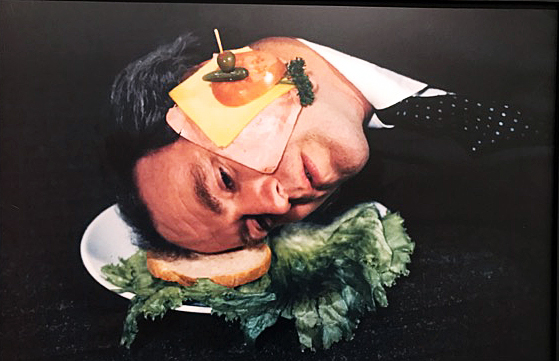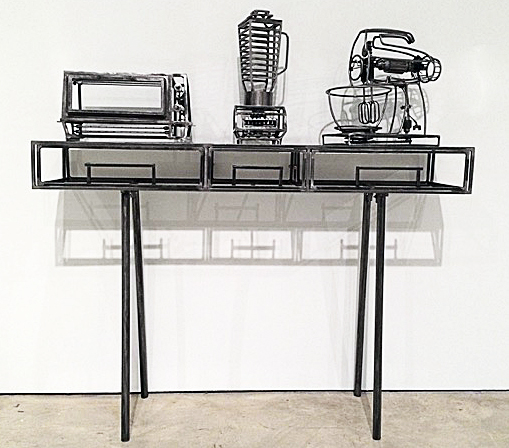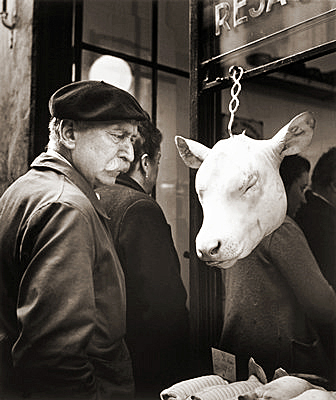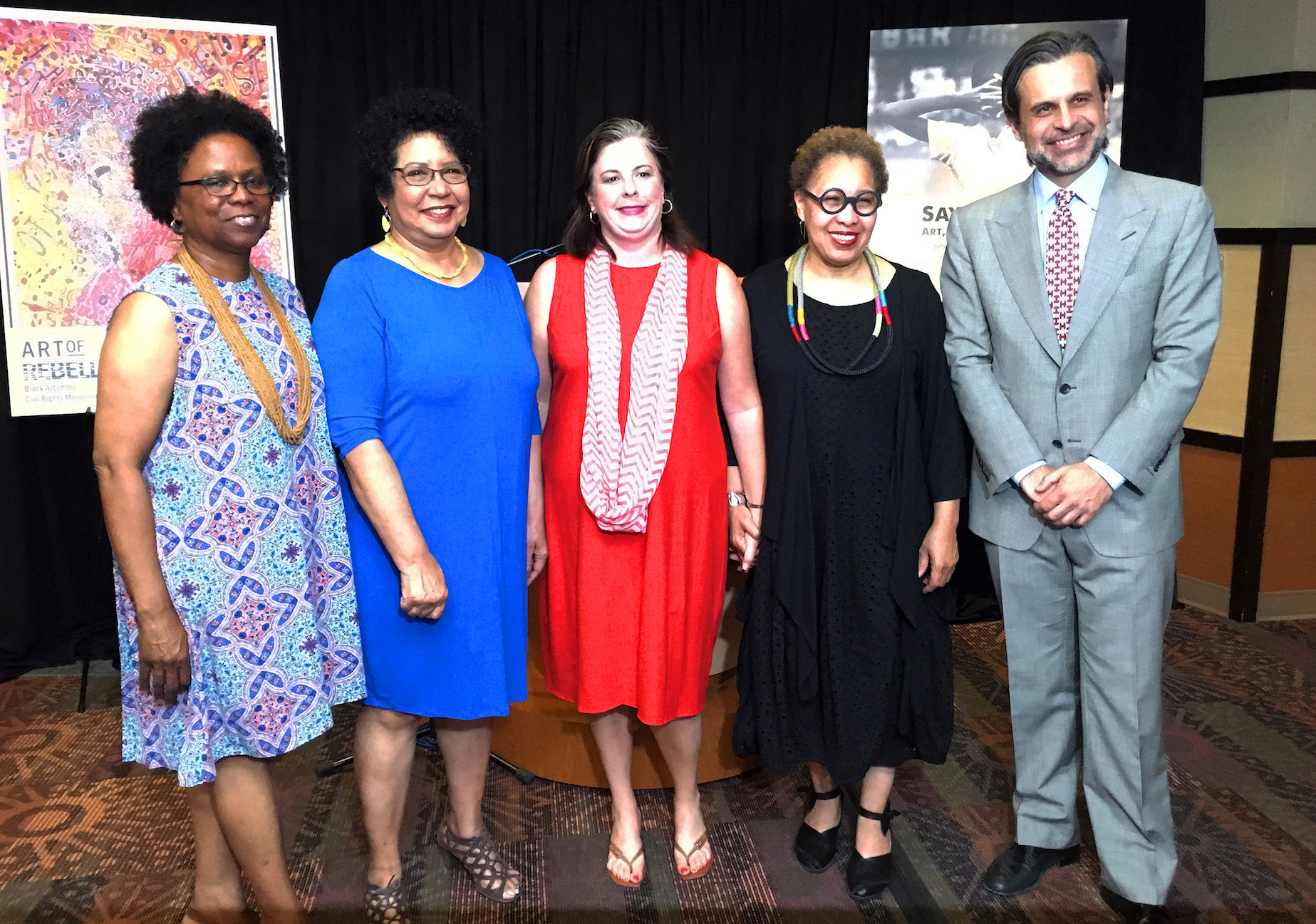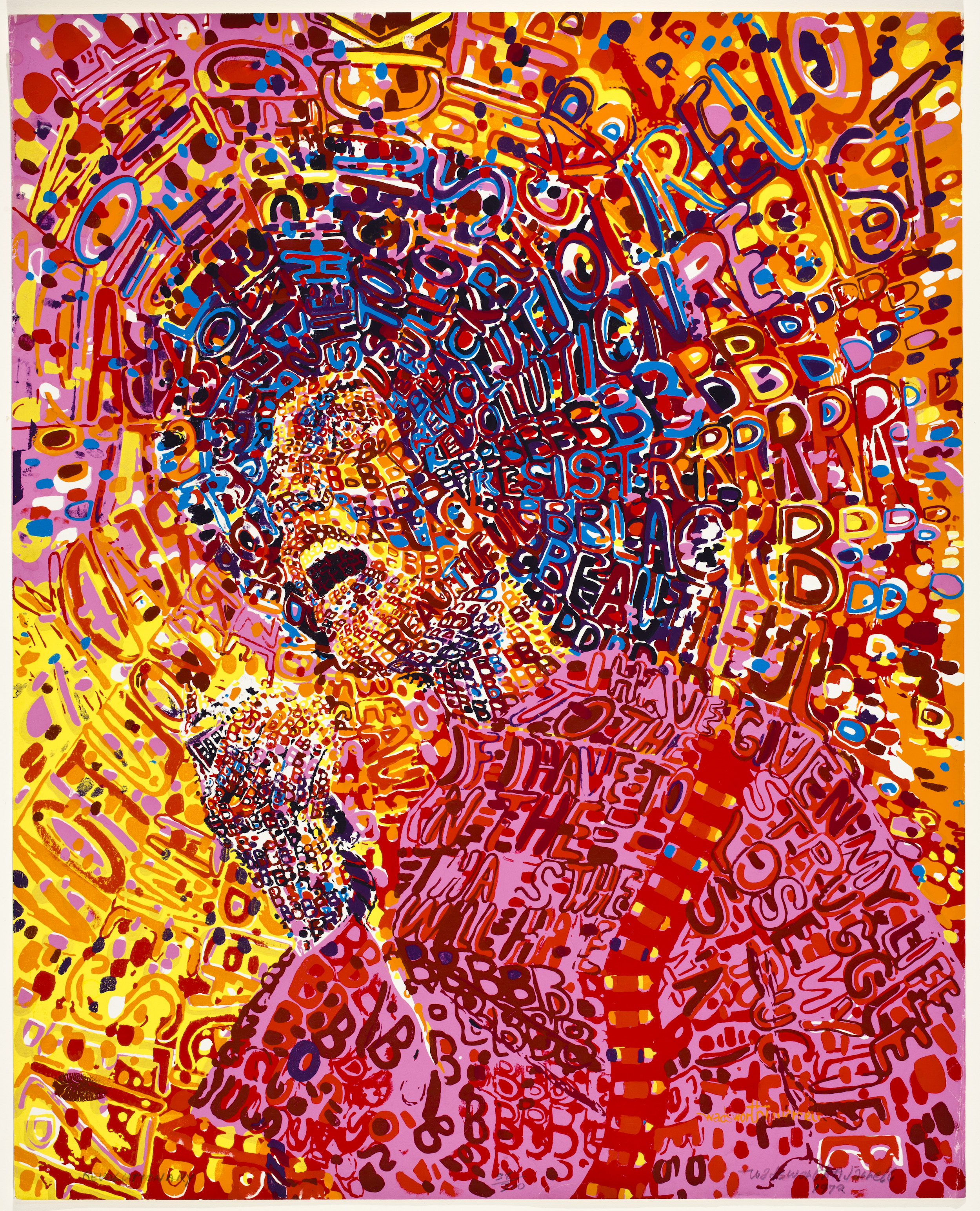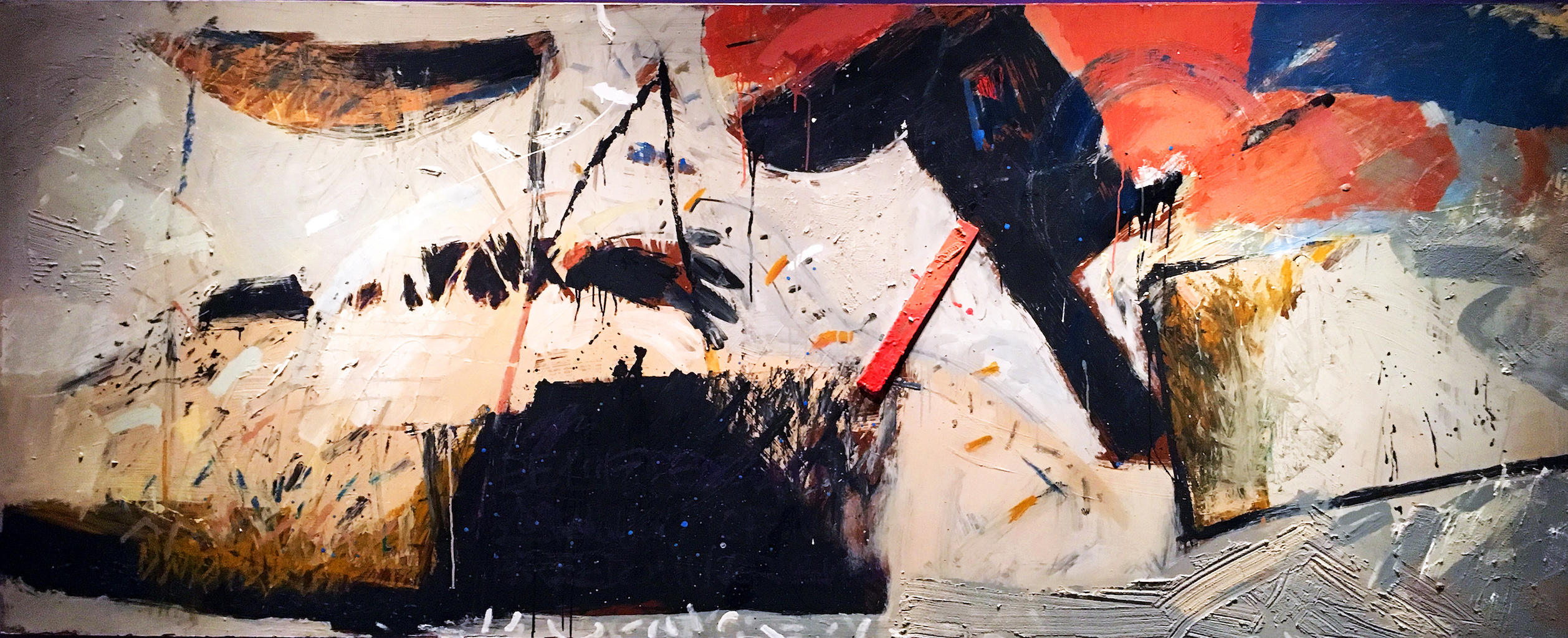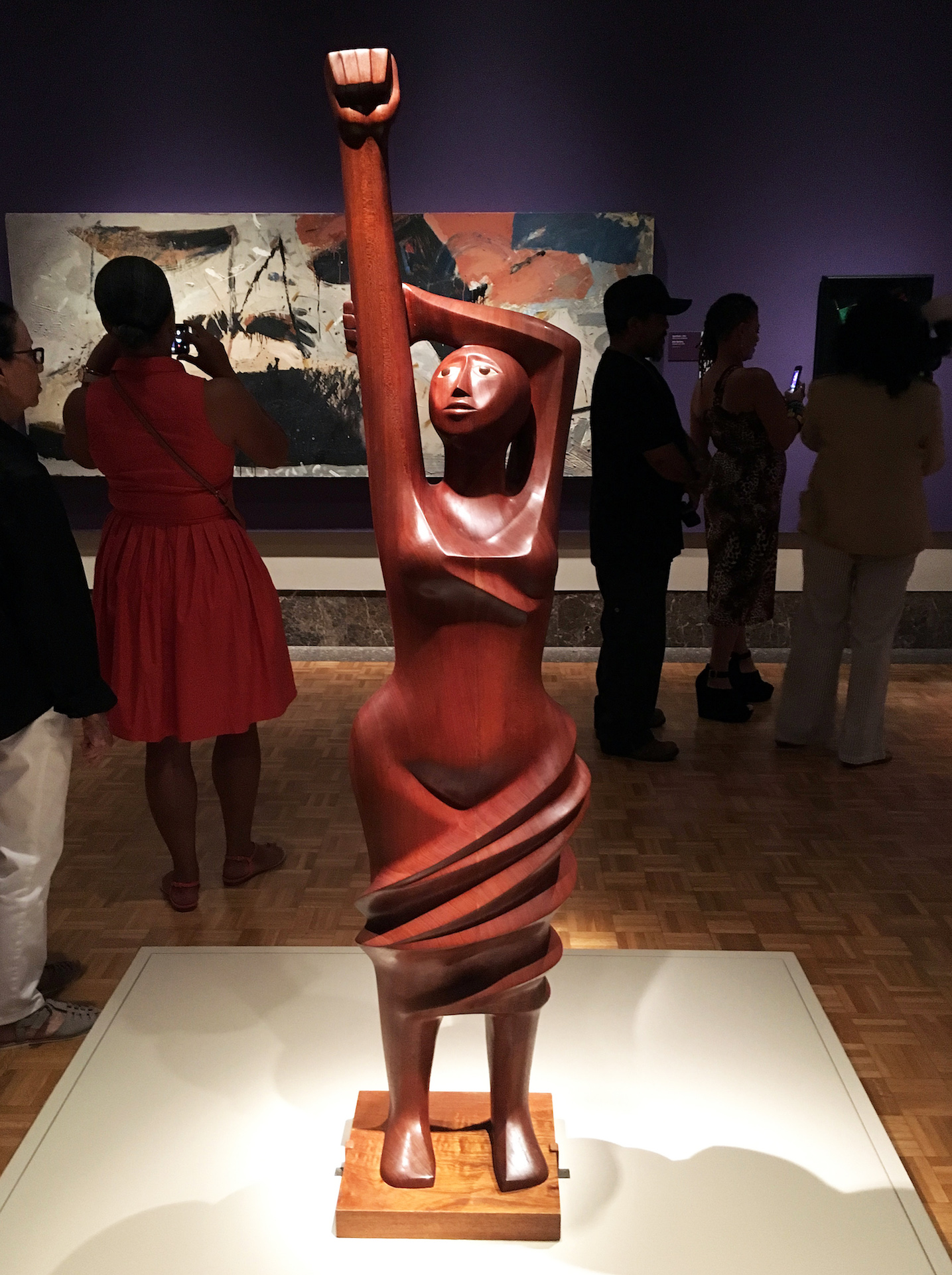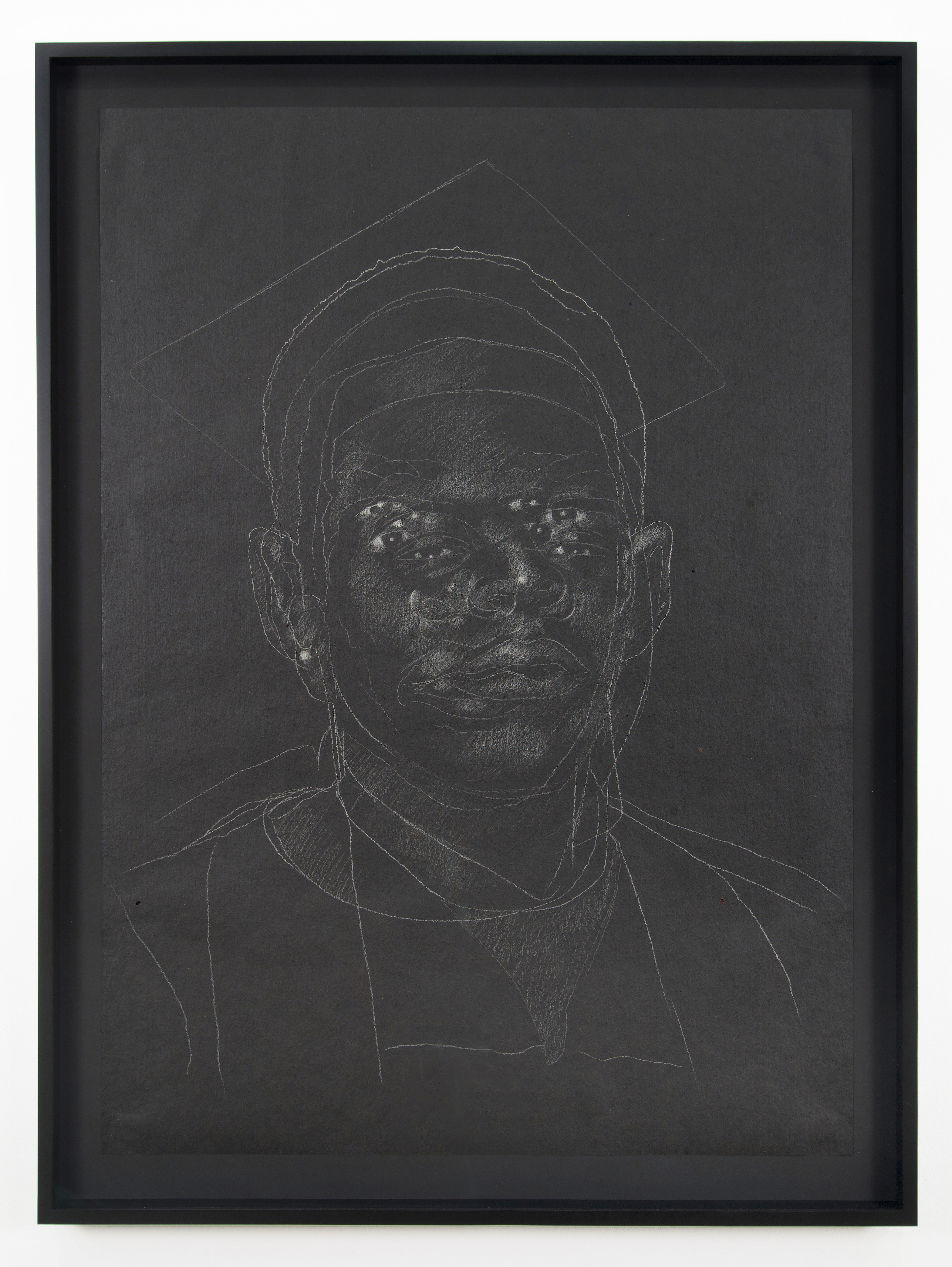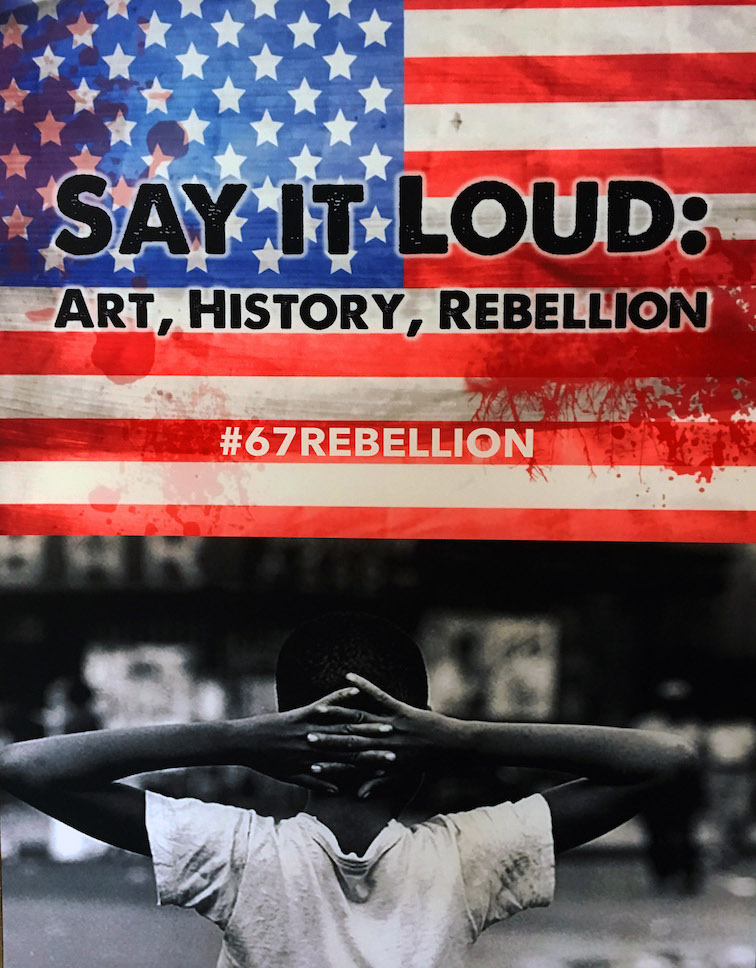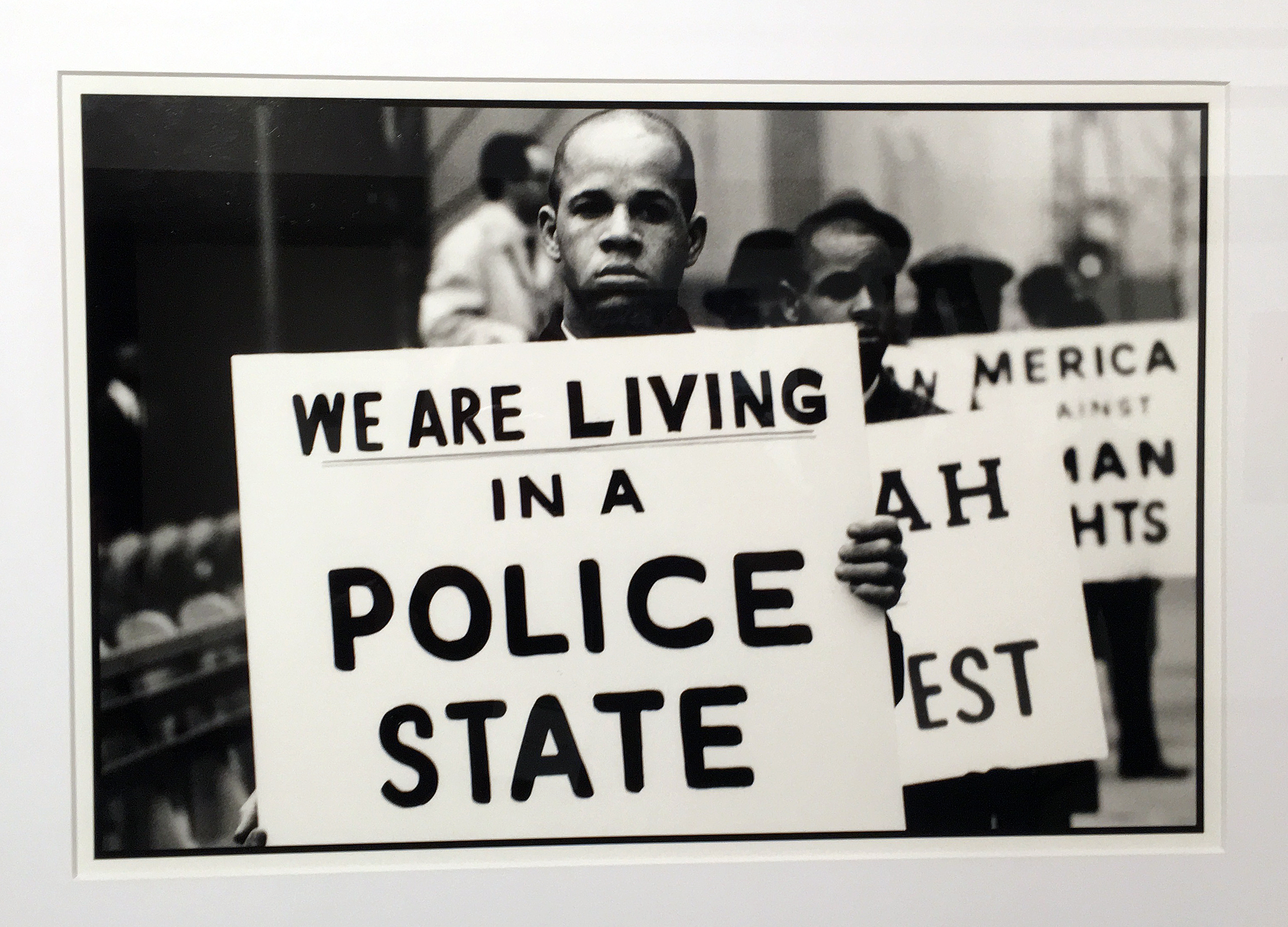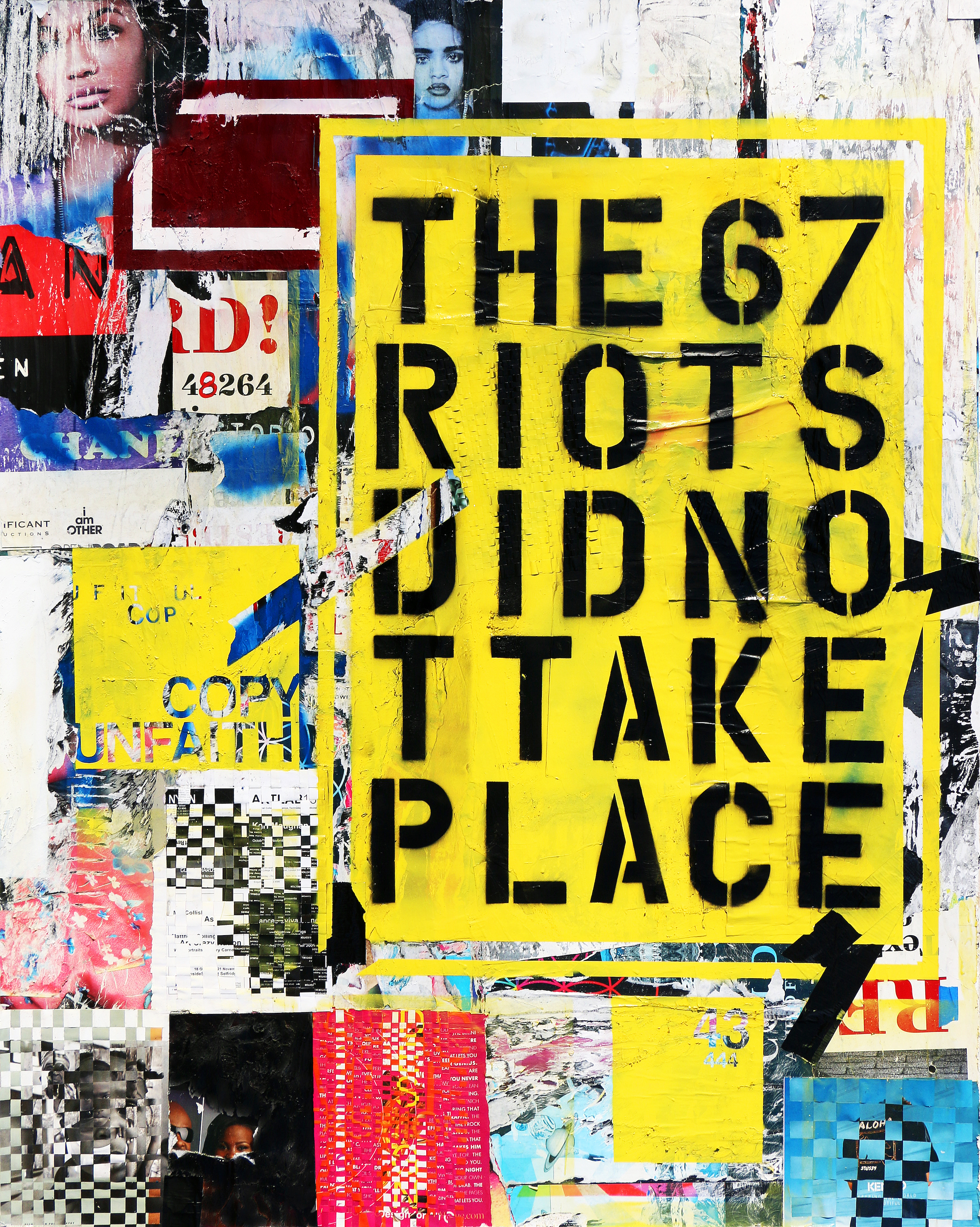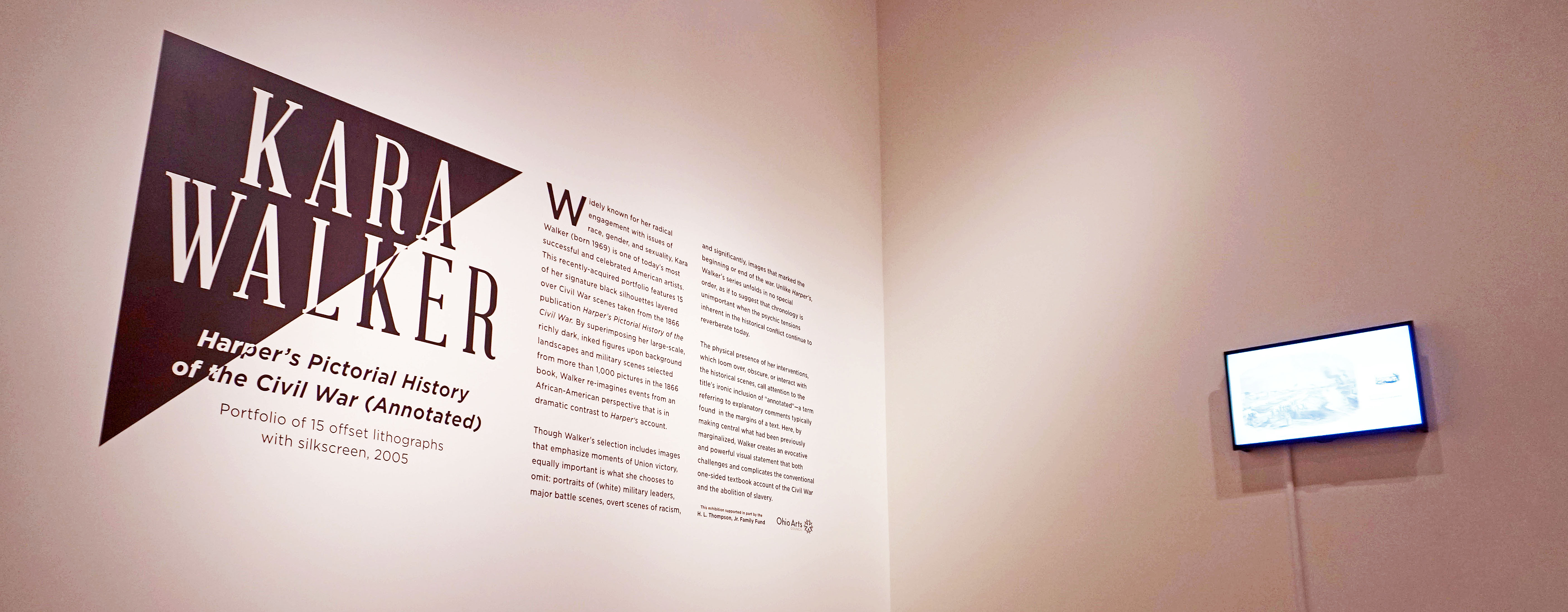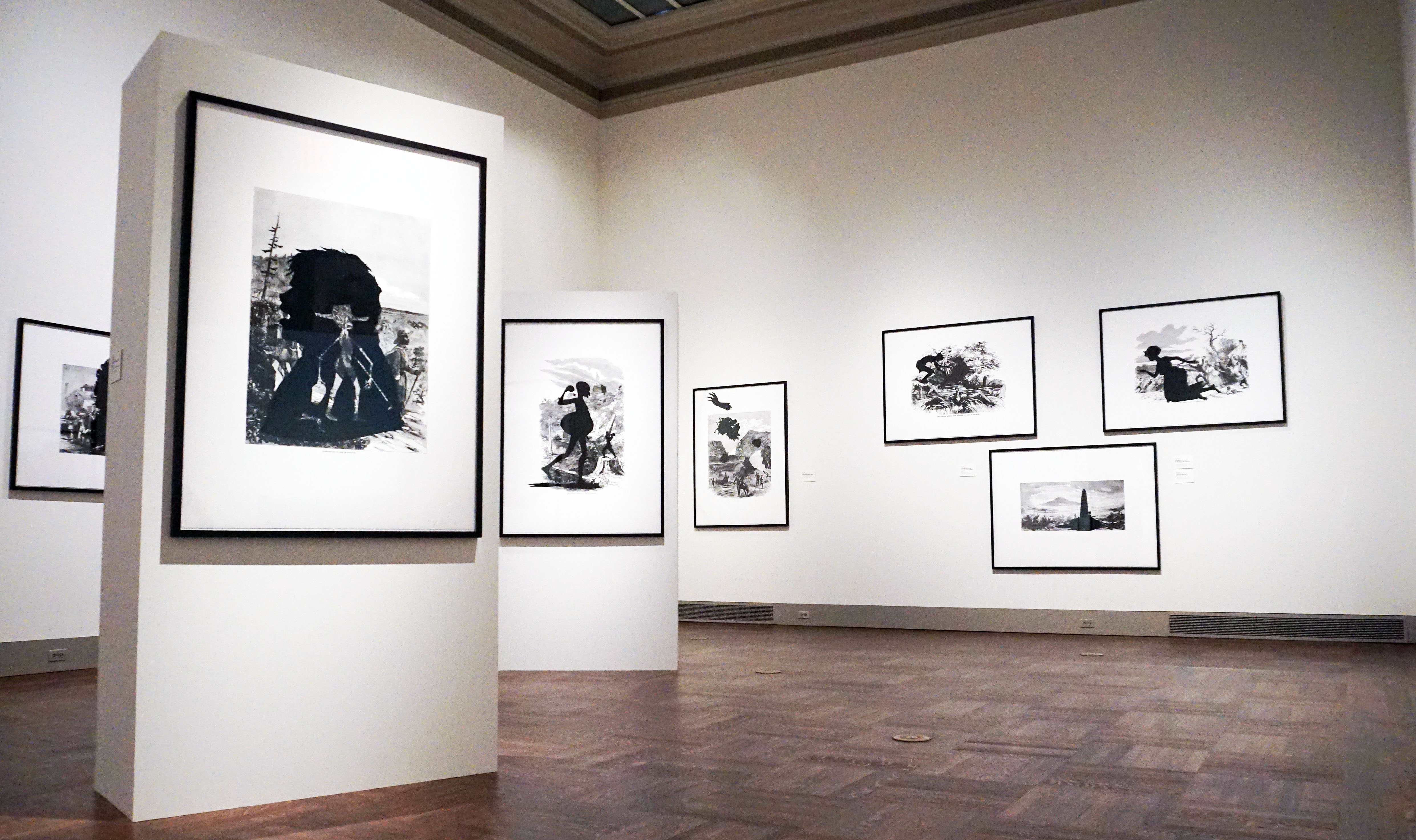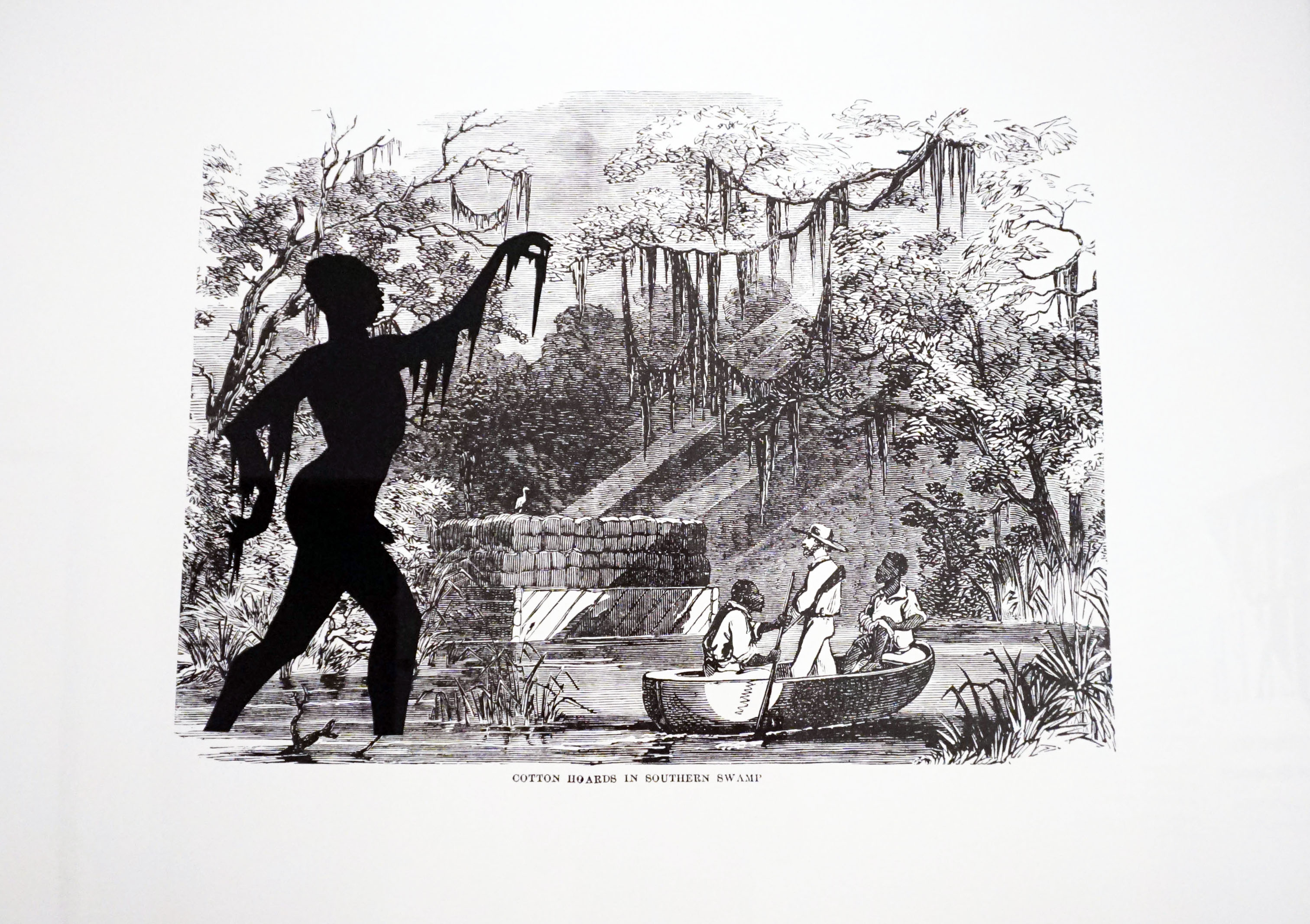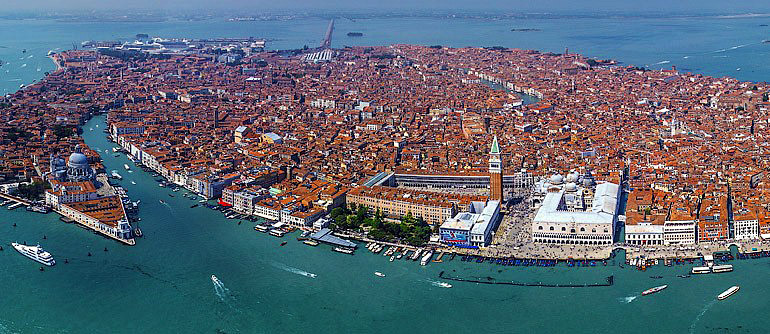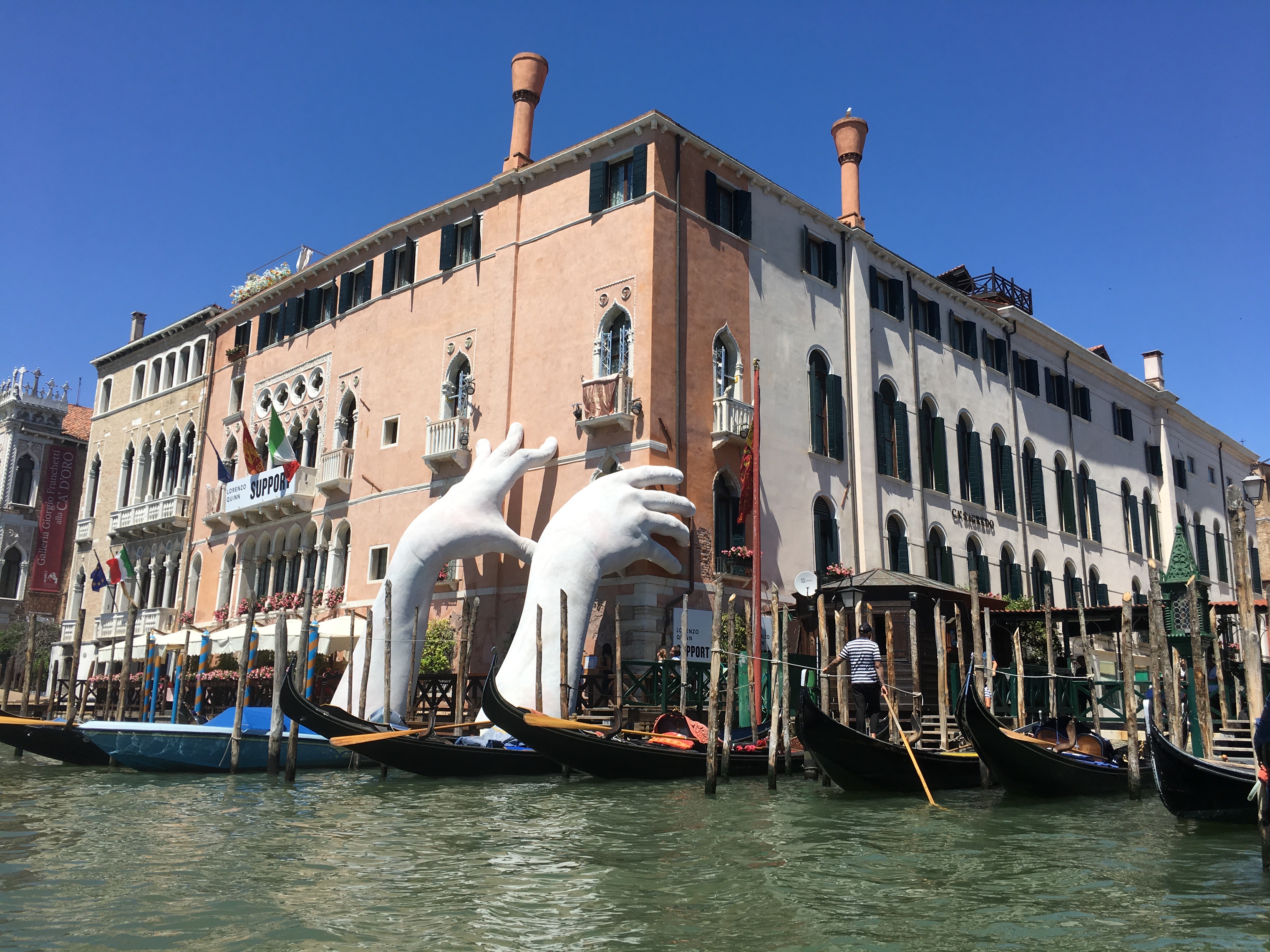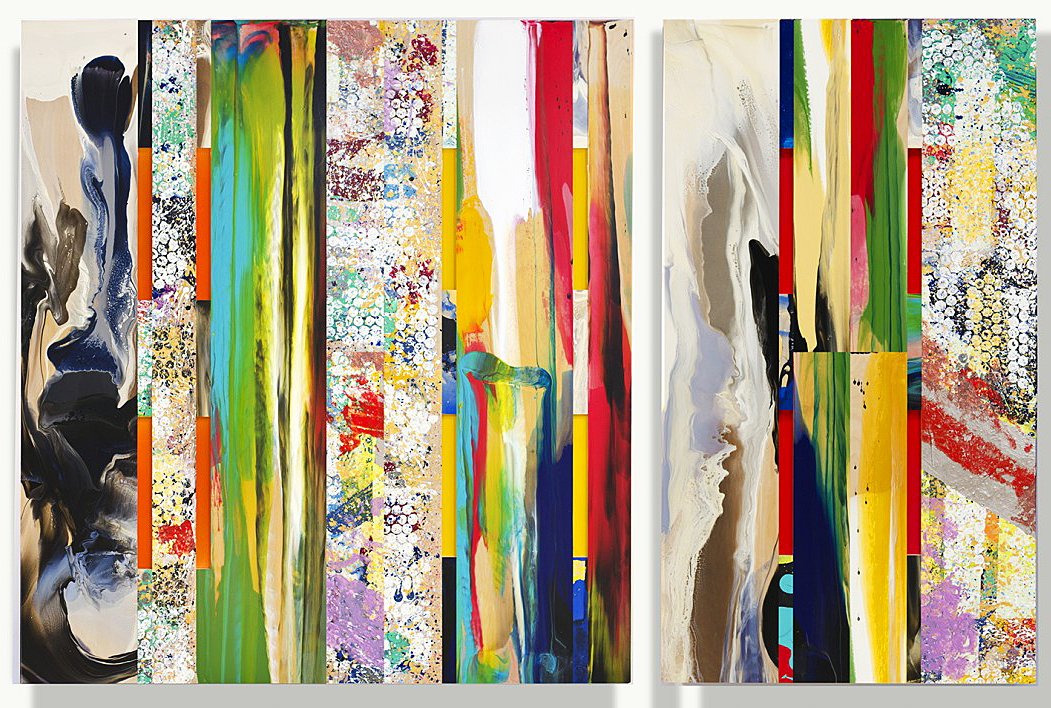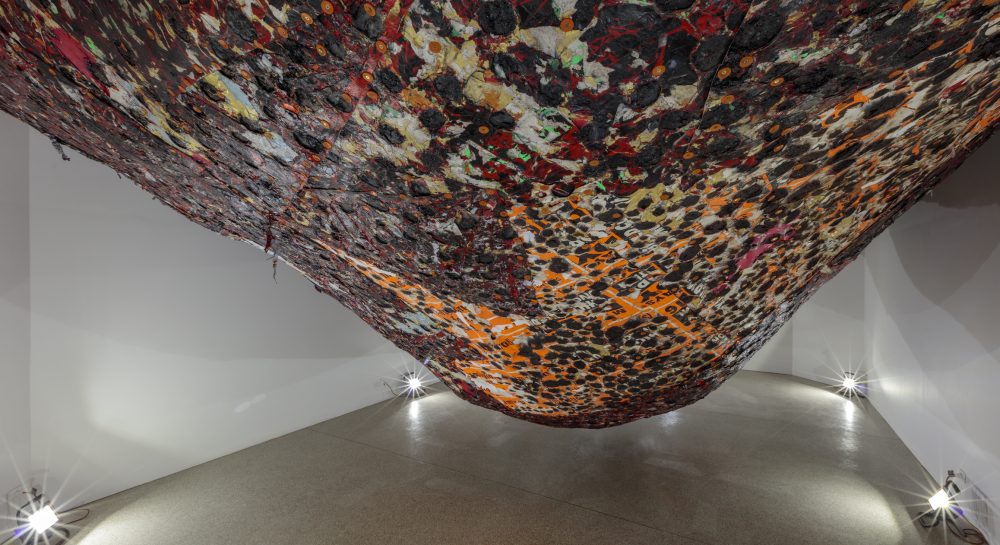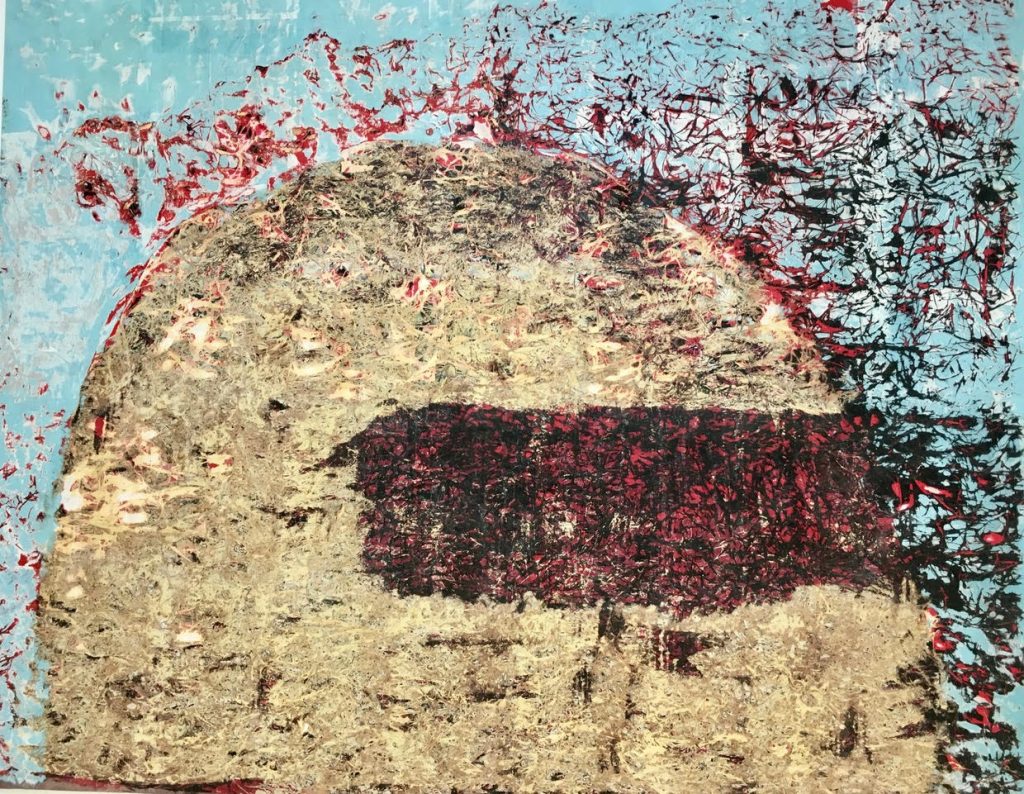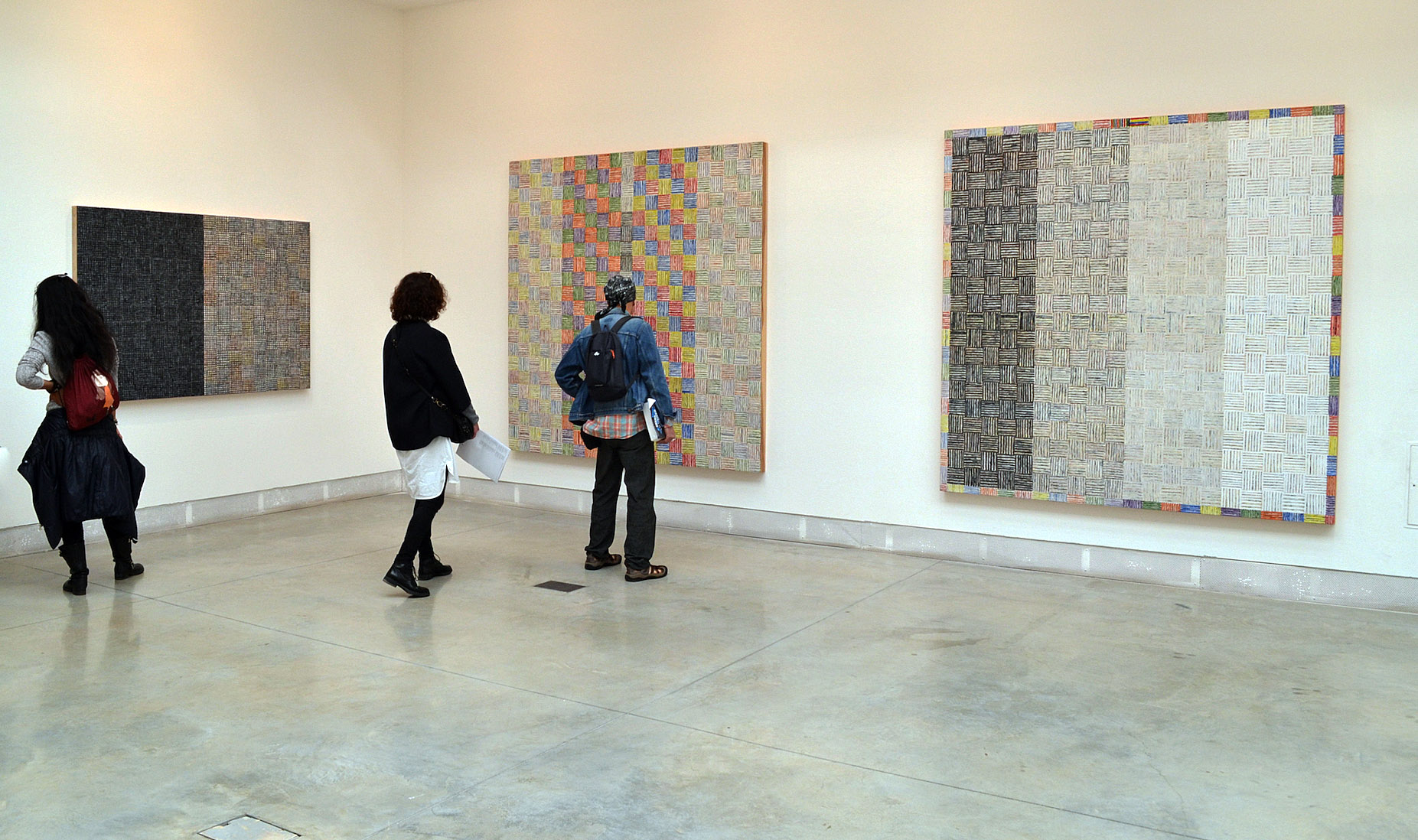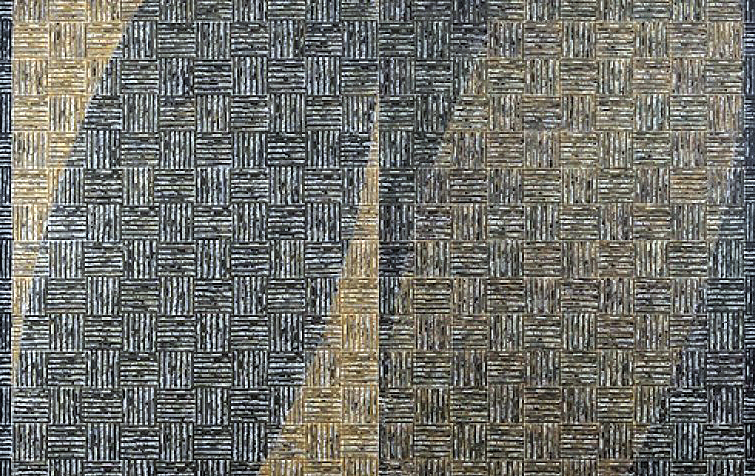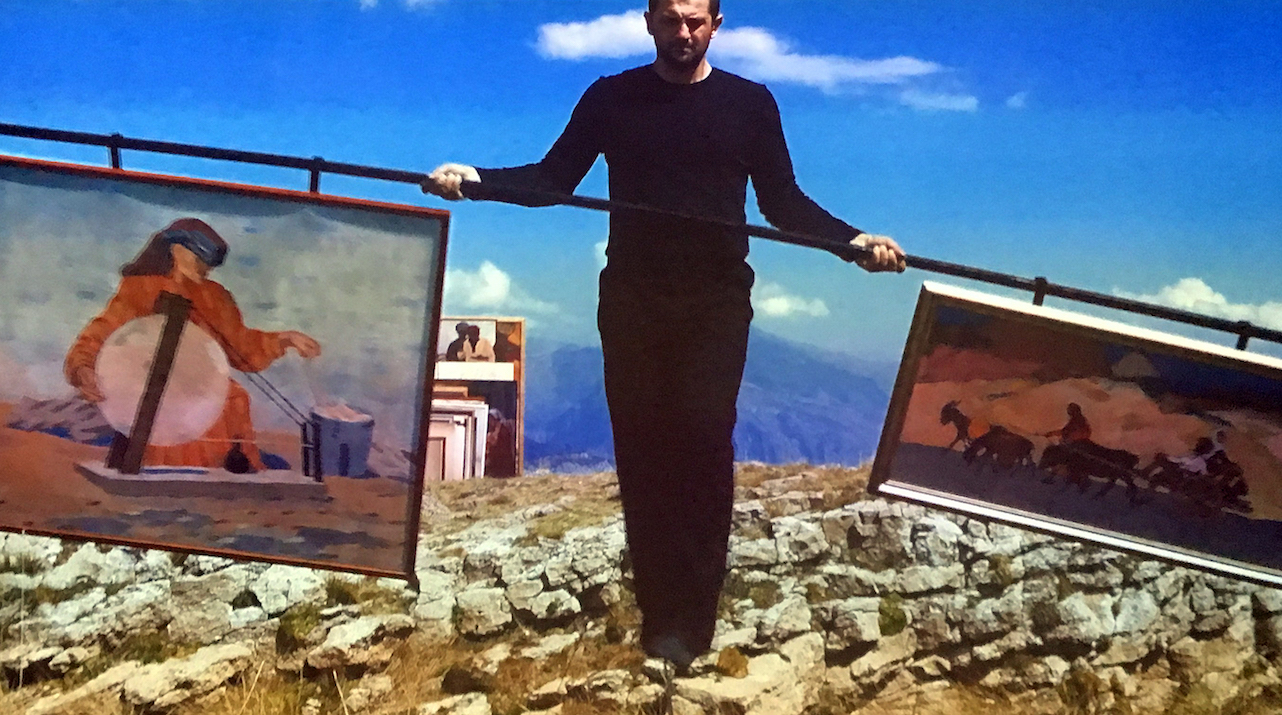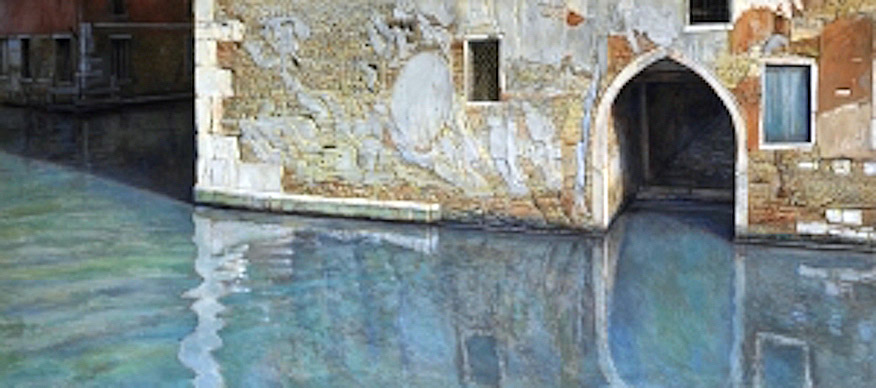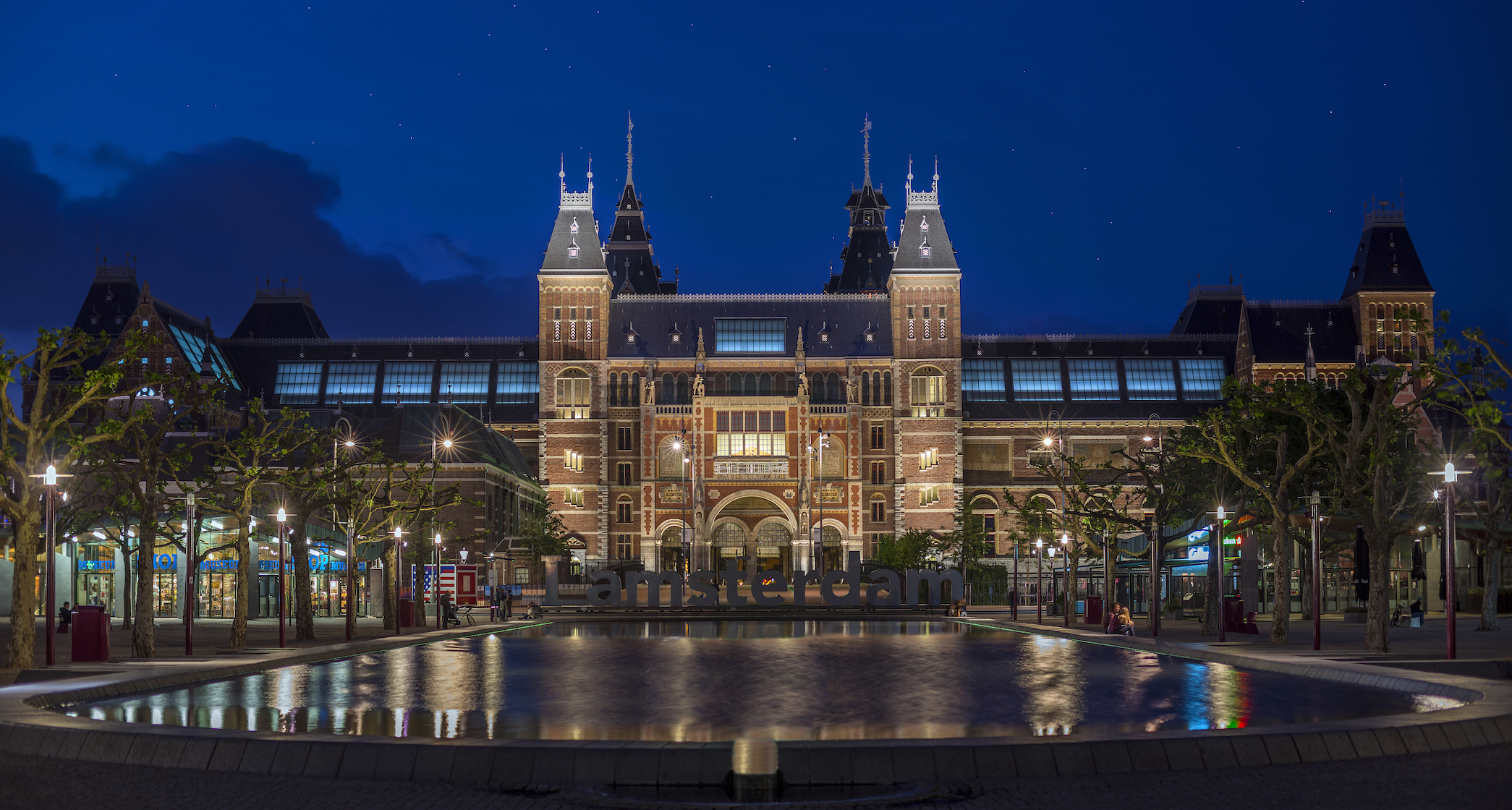
Rijksmuseum, Amsterdam, Netherlands, 2017 Image courtesy of John Lewis Marshall
You may have been to Amsterdam and visited the Rijksmuseum, but if not, here are some highlights from my visit on the way to Venice, Italy this past summer. I have seen artwork from this museum for many years, usually at the Metropolitan Museum of Art, the Frick Collection in New York City, or at the National Gallery in Washington, D.C. and always as part of a specially curated exhibition. But it’s not until you see all these paintings together, in person, that you fully appreciate the collection of Dutch masters and various acquisitions.
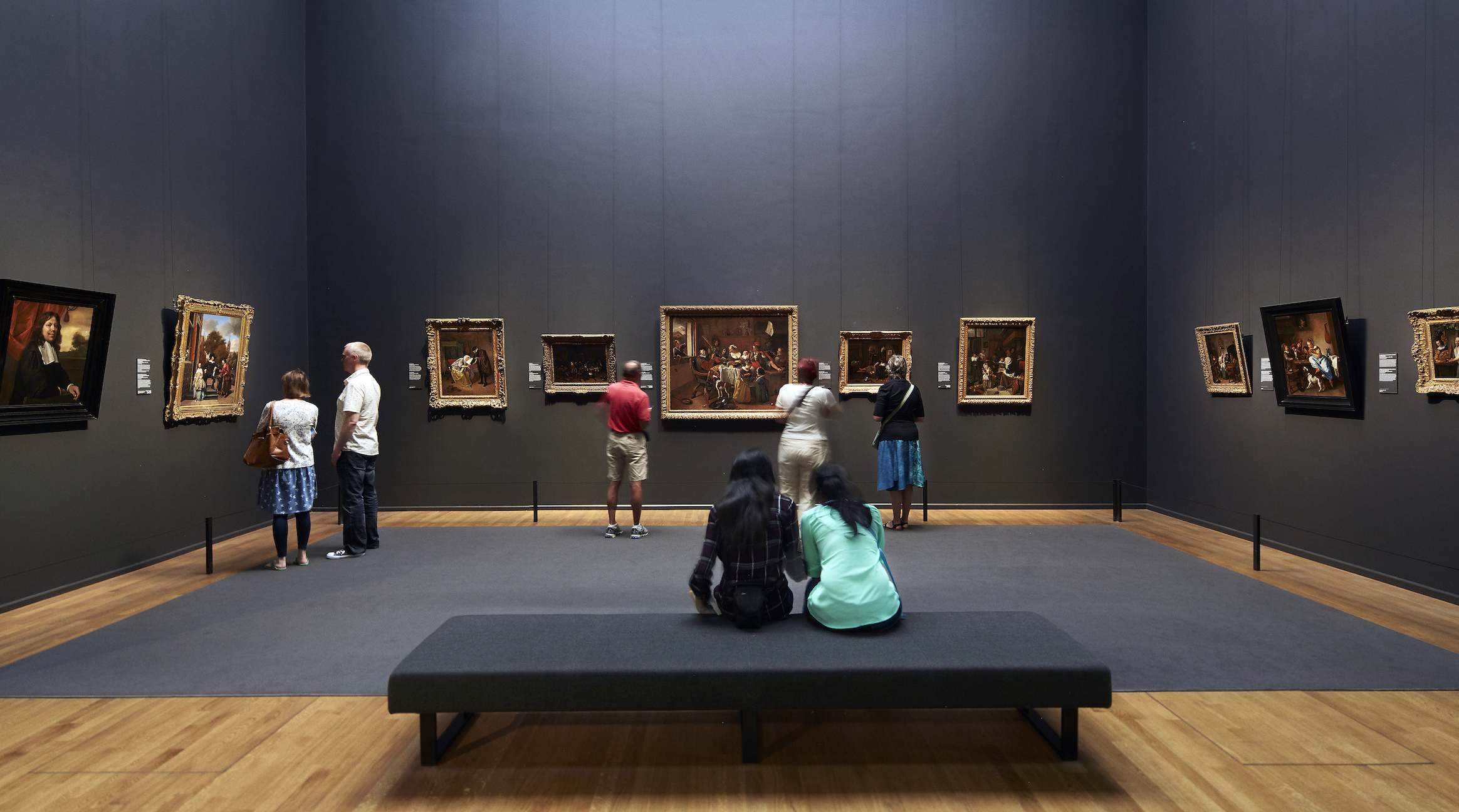
Rijksmuseum, Eregalrij, Image courtesy of Erik Smits
The Rijksmuseum first opened its doors in 1800 as Nationale Kunstgalerij. At the time, it was housed in Huis ten Bosch in The Hague. The collection mainly comprised paintings and historical objects. In 1808, the museum moved to the new capital city of Amsterdam, where it was based in the Royal Palace on Dam Square. After King Willem I’s accession to the throne, the paintings, and national print collection were moved to the Trippenhuis on Kloveniersburgwal, in 1885, while the other objects were returned to The Hague.
The Trippenhuis proved unsuitable as a museum. Work on a new building did not commence until 1876, after many years of debate. The architect, Pierre Cuypers, had drawn up a historic design for the Rijksmuseum, which combined Gothic and Renaissance styles. The design was not generally well received; people considered it too medieval and not Dutch enough. The official opening took place in 1885.
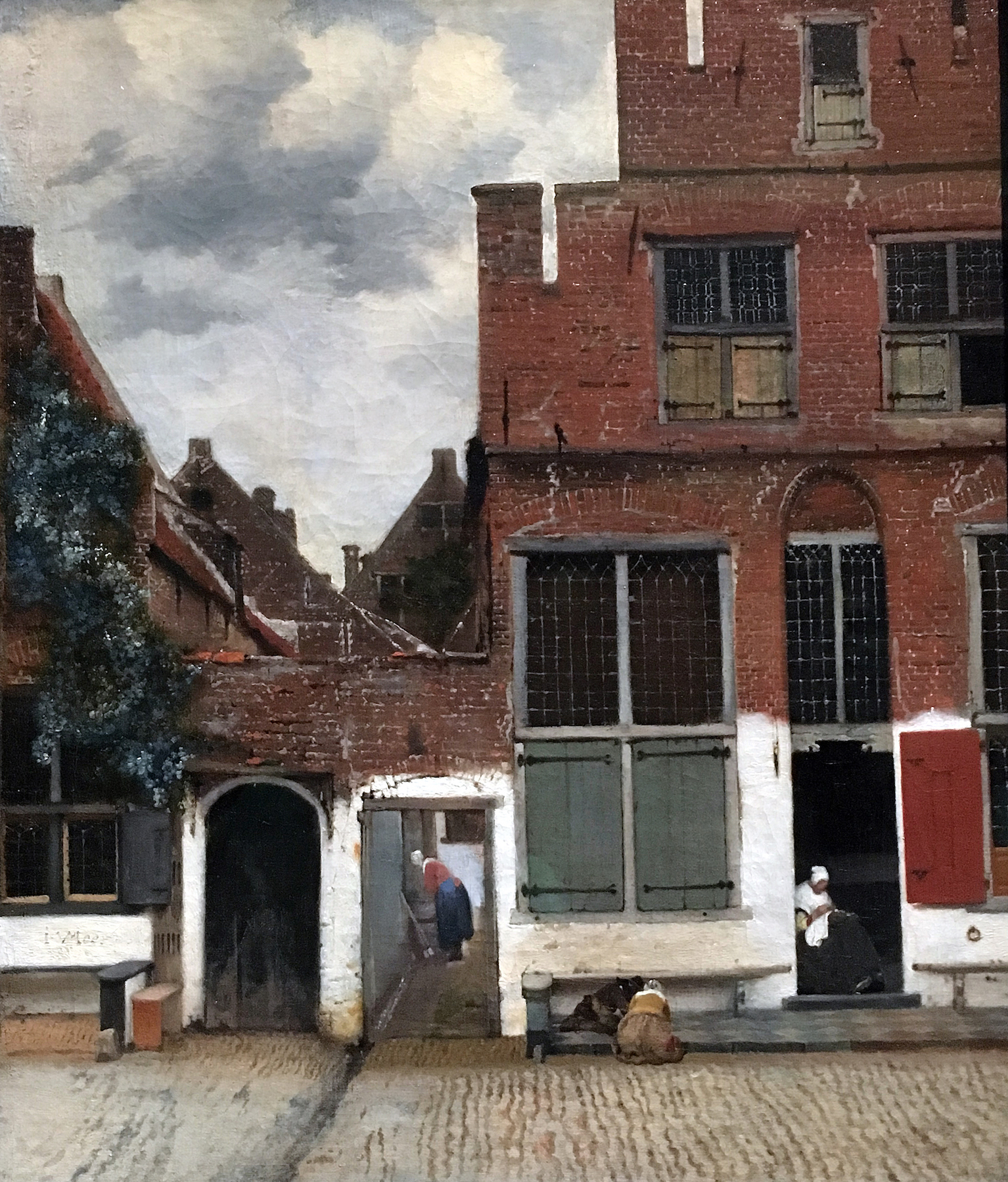
Johannes Vermeer, View of Houses in Delft, Oil on Canvas, 1660
The reputation of Johannes Vermeer (1632-75) rests upon a relatively small number of paintings, all of which represent a remarkable 17th-century Dutch master whose themes depict the events of daily life in the city of Delft, his birthplace and home. In his images, Vermeer conveys values rich in meaning that have fascinated viewers for centuries. In this unusual painting, View of Houses in Delft, we see a remarkable portrait of ordinary houses. The old walls with their bricks, whitewash, and cracks are almost tangible. Vermeer’s aunt lived in the house on the right with her children until her death in 1670.

Johannes Vermeer, The Milkmaid, Oil on Canvas, 1660
What can possibly be so special about a milkmaid pouring milk, entirely absorbed in her work? But this is perhaps one of the strongest works in Vermeer’s oeuvre. Except for the stream of milk, everything else is still. The maid stands like a statue in the brightly lit room, as hundreds of colorful dots play over the surface of his objects. The signature of window light cast from the left side will be used in many paintings, creating the strong three-dimensional quality of his figures.

Johannes Vermeer, Woman in Blue Reading a Letter, Oil on Canvas, 1663
Perhaps in no other painting did Vermeer create such an intricate counterpoint between the structural framework of the setting and the emotional content of the scene as in Woman in Blue Reading a Letter. Vermeer places the woman in the exact center of his composition, her form fully visible between the table and the chair. These structural elements are a kind of geometric framework to restrict any kind of movement, while the overall scene alludes to emotional intensity that causes the viewer to wonder what is the content of that letter. Is she expecting a child?
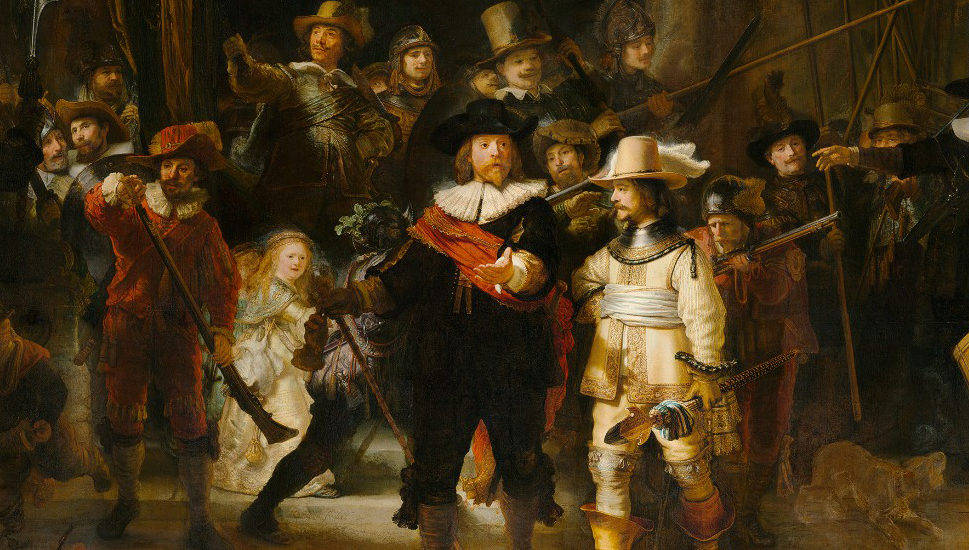
Rembrandt van Rijn, Night Watch, Oil on Canvas, 1642
Rembrandt van Rijn (1606-69) was a Dutch draughtsman, painter, and printmaker. An innovative and prolific master in three media, he is generally considered one of the greatest visual artists in the history of art and the most important in Dutch art history. Rembrandt’s masterpiece, the Night Watch, is a group portrait of a company of Amsterdam militiamen in the civic guard, painted in 1642 to be located in the guild headquarters. His depiction of the militiamen in action was quite exceptional: until then, the sitters in such group portraits were shown either standing or sitting stiffly next to one another. He used light to emphasize important details, such as the captain’s hand gesture and the girl in the pale dress. The size of this oil on canvas is 142 x 172 inches, and the painting was completed in 1642, at the peak of the Dutch Golden Age.

Rmabrandt van Rijn, Self-Portrait as the Apostle Paul, Oil on Canvas, 1661
Throughout his life, Rembrandt painted many self-portraits. Here is his Self-portrait as the Apostle Paul, 1661, his brow furrowed and eyebrows arched; he peers out with a meaningful view. He has portrayed himself as the Apostle Paul, who was recognized at the time by the attributes of sword and manuscript. Rembrandt renders the light on the turban, forehead and a book, using heavily modeled brushstrokes.
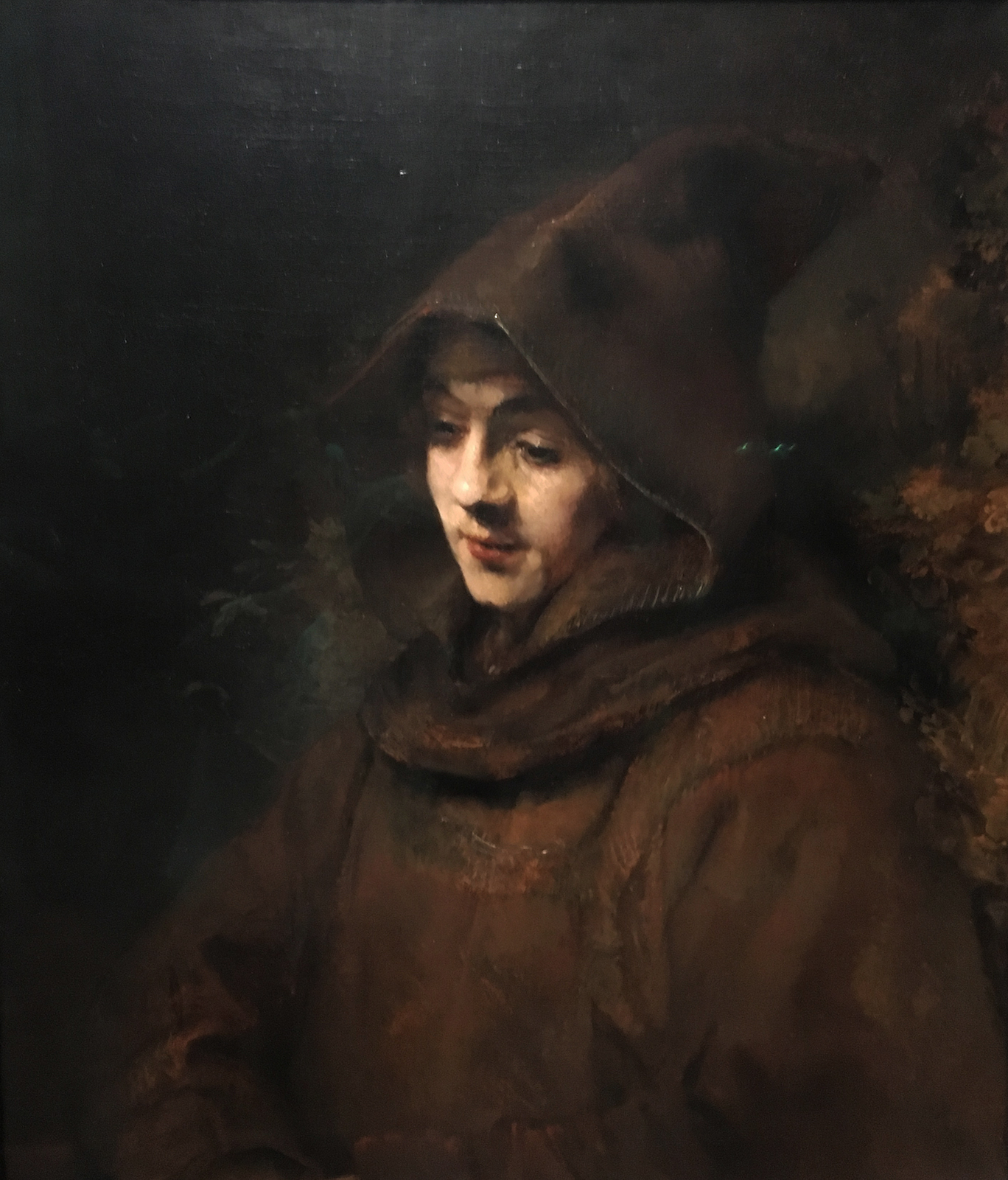
Rembrandt van Rijn, Monk;s Habit, Oil on Canvas, 1660
Rembrandt portrayed his son, Titus, in Monk’s Habit, with downcast eyes, wearing Franciscan monk headwear. The rules of this monastic order prescribed the life of poverty and humility. Reflective is the coarse robe and the introspective gaze on his son’s gaunt face.
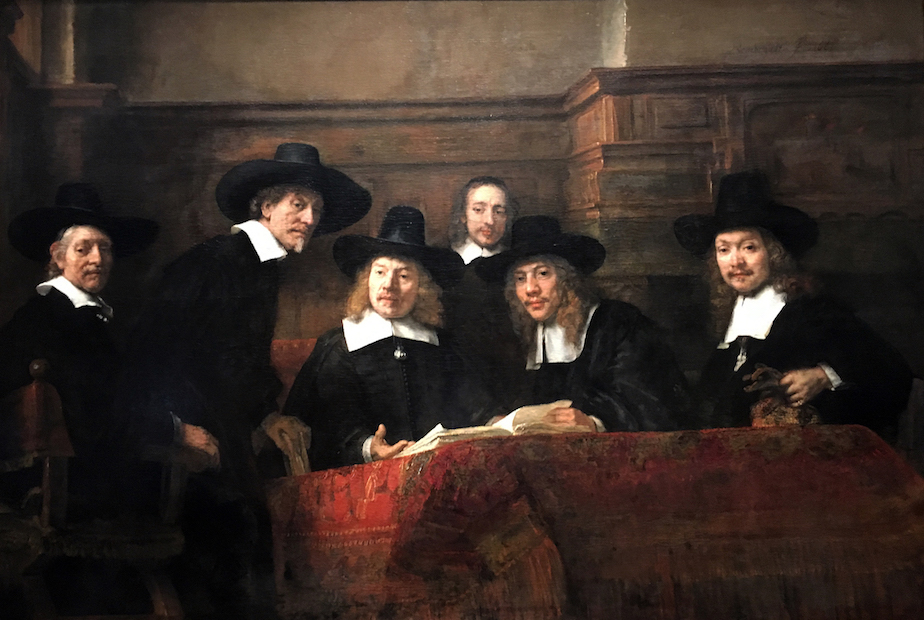
Rembrandt van Rijn, The Wardens of the Amsterdam Drapers’ Guild, Oil on Canvas, 1662
The syndics inspected the quality of dyed cloth in Amsterdam. In the work The Syndics, Rembrandt portrayed them looking up from their work, as though disturbed by the viewer’s arrival. This artistic device was a clever way of enlivening the scene and thereby involving the viewer. This late work, 1662, not only attests to his endless creativity, but also to his undiminished popularity among his patrons. It’s the scale of these larger works by Rembrandt that you only experience in person at the museum.
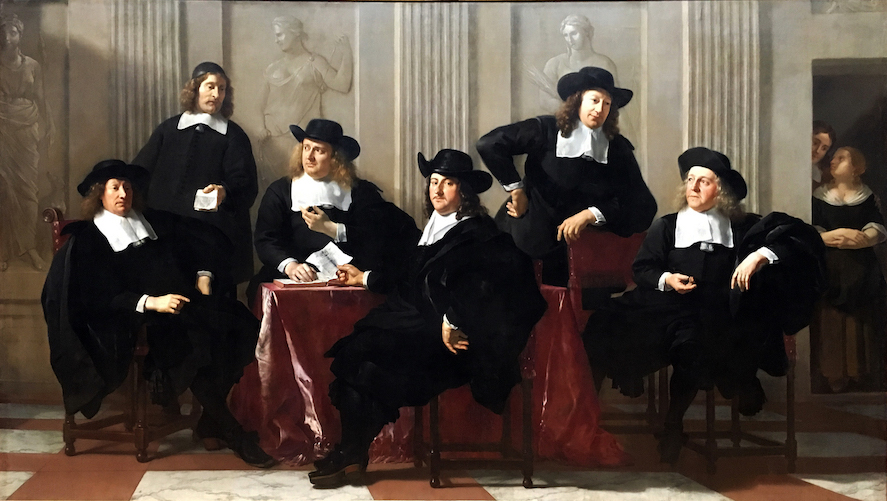
Karel Dujardin, The Regents of the Spinhuis, Oil on Canvas, 1669
Who taught artist Karel Dujardin (1626-1678) is no longer known: it may have been Nicolaes Berchem or Paulus Potter. Besides his Italian landscapes, Dujardin also painted portraits and historical scenes in neo-Classical style—smooth, elegant and colorful—and died at an early age in Venice. Here in The Regents of Spinhuis, a servant bringing a letter interrupts a meeting. The other five men are the regents of the Amsterdam Spinhus, or better known as the female house of correction. The women imprisoned there for theft or begging spent most of their days spinning yarn.
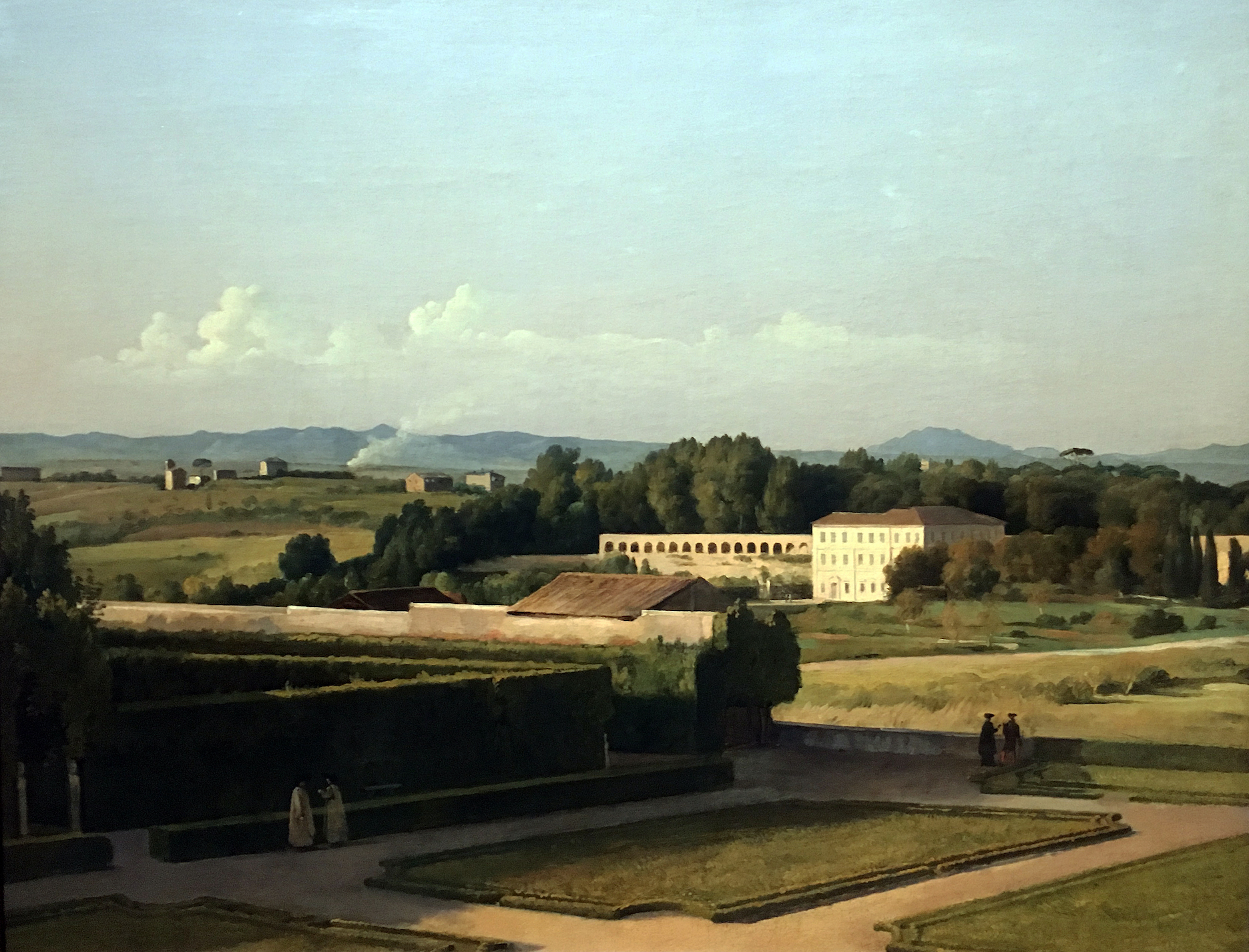
Michel-Martin Drolling, View of the Gardens of Villa Medici, Oil on Paper on Canvas, 1811
Michel-Martin Drolling (1789-1851) began painting under the supervision of his father, the painter Martin Drolling. He later studied with Jacques-Louis David. For The Wrath of Achilles, he won the Prix de Rome in 1810. The following year he went to Rome where he lived in the Villa Medici, which housed the French Academy where many Dutch artists also studied. In this work, View of the Gardens of Villa Medici, 1816, he painted a view of the manor’s grand gardens, with the Villa Borghese in the distance and can still be seen today.
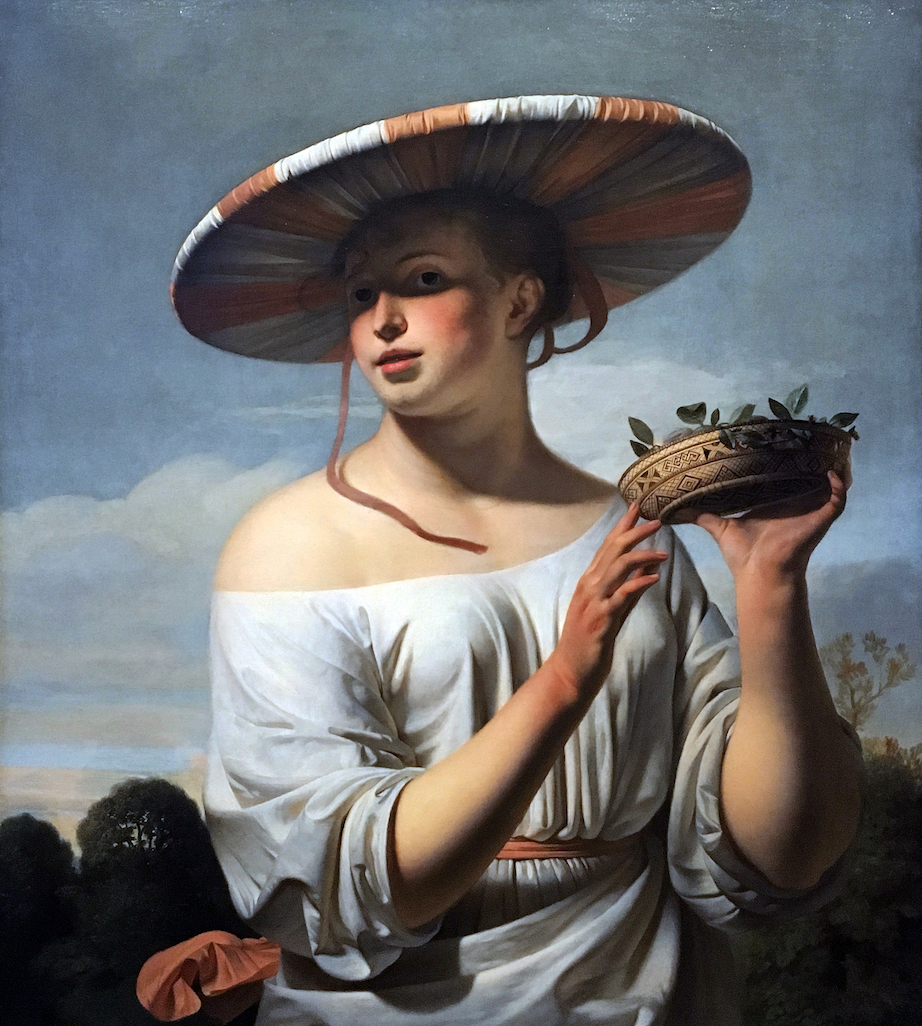
Cesar Boetius van Everdingen, Girl in a Large Hat, Oil on Canvas, 1645
Cesar van Everdingen (1616-78) was born in Alkmaar and educated in Utrecht, where he learned to paint from Jan Gerritsz van Bronckhorst. Cesar became a member of the painter’s guild in Alkmaar in 1632. He joined the Haarlem Guild of St. Luke and the civic guard, where he met Jacob van Campen. In this work by Everdingen, Girl in a Large Hat, we see a young woman with her exotic, broad-brimmed sun hat and suggestively exposed shoulder offer the viewer her basket with fruit. Many of van Everdingen’s works are seen in the museums and private houses of the Netherlands, with several on display at the Stedelijk Museum Alkmaar.
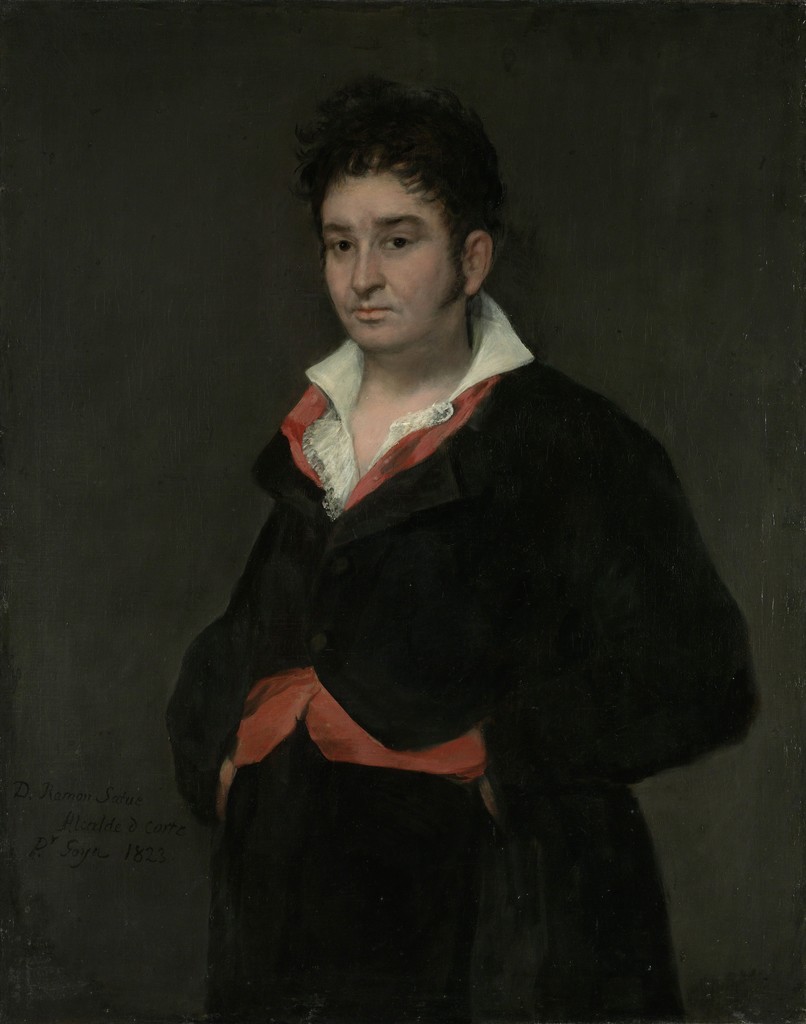
Francisco de Goya, Portrait of Don Ramon, Oil on Canvas, 1823
The tempestuous works of Francisco de Goya (1746-1821) distinguish him as the most important Spanish painter of his time. Having survived an unknown illness that left him deaf and witnessed the atrocities committed during Napoleon’s occupation, which are hauntingly portrayed in the mass execution of Spanish civilians in The Third of May 1808, Goya went on to create some of his most somber, chilling images with his late “Black Paintings,” which were painted directly onto the walls of his home. Goya influenced numerous artists, including Pablo Picasso in the creation of his masterpiece Guernica.
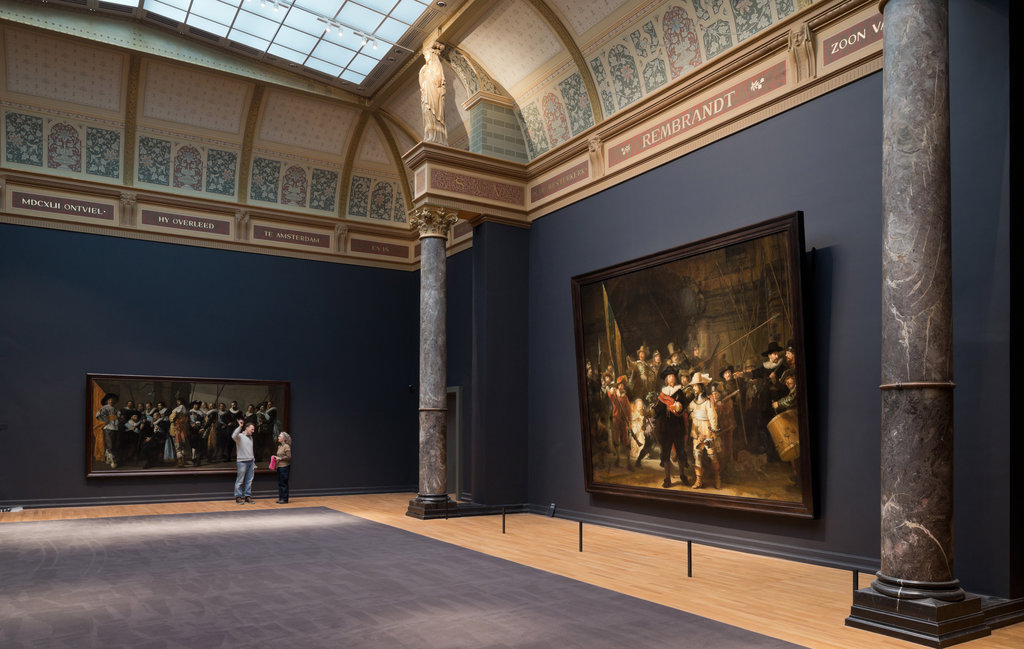
Image of the renovation Rembrandt’s “Night Watch” , right, at the Rijksmuseum in Amsterdam, April 13, 2013, Image courtesy Iwan Baan
The most recent renovation at the Rijksmuseum was completed in April, 2013, which reinstated the original Cuypers structure. The building works in the courtyards were removed. Paintings, applied art and history are no longer displayed in separate parts of the building, but form a single chronological circuit that tells the story of Dutch art and history. The building was thoroughly modernized, while at the same time restoring more of the original interior designs.
Maybe it’s obvious, but for artists working today, looking at art from earlier decades or centuries can provide insight into the basic aesthetics that never change. I would compare it to music or literature, in that when you hear a Chopin Sonata or see a play by Shakespeare there is something that can resonate with all people and make a difference within our human condition, regardless of time and place. The exposure to this experience can enrich our quality of life and motivate us to contribute to the creative endeavor.
The Detroit Institute of Arts collection is among the top six in the United States, with about 66,000 works. Among notable acquisitions are Mexican artist Diego Rivera’s Detroit Industry fresco cycle, which Rivera considered his most successful work, and Vincent van Gogh’s Self-Portrait, the first Van Gogh painting to enter a U.S. museum collection. My visit to the Rijksmuseum in Amsterdam was just an extension to my many visits to our own DIA. They have a new web site, if you haven’t noticed, https://www.dia.org
Rijksmuseum in Amsterdam, Netherlands 2017


